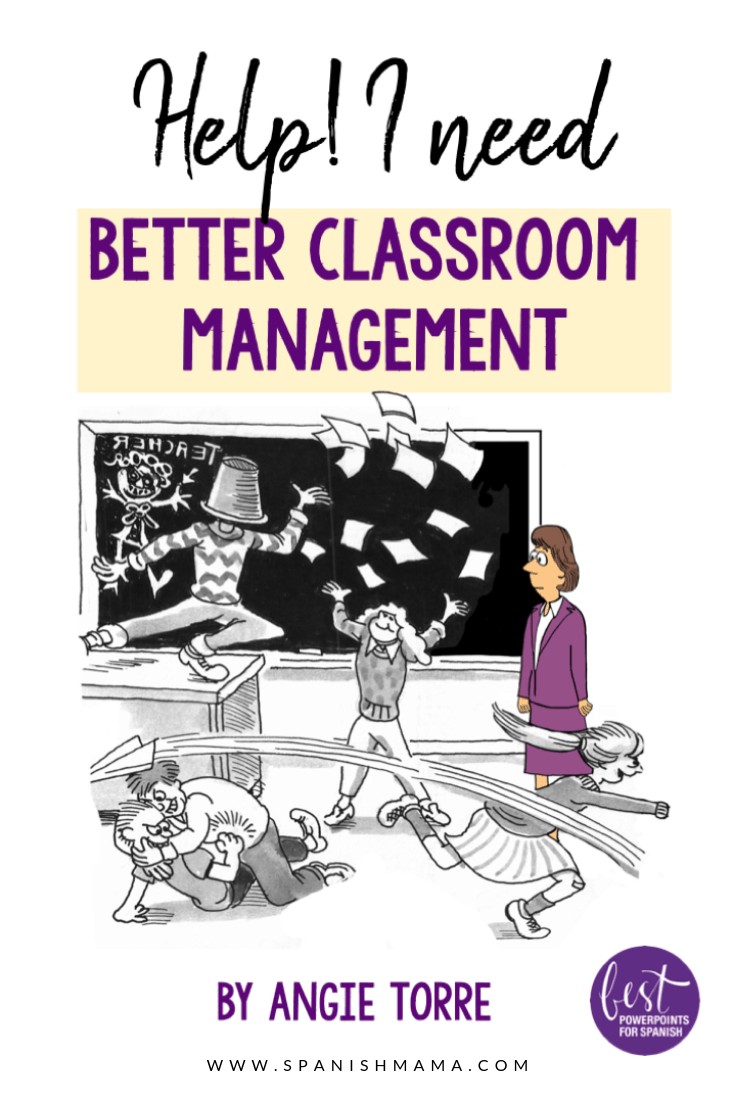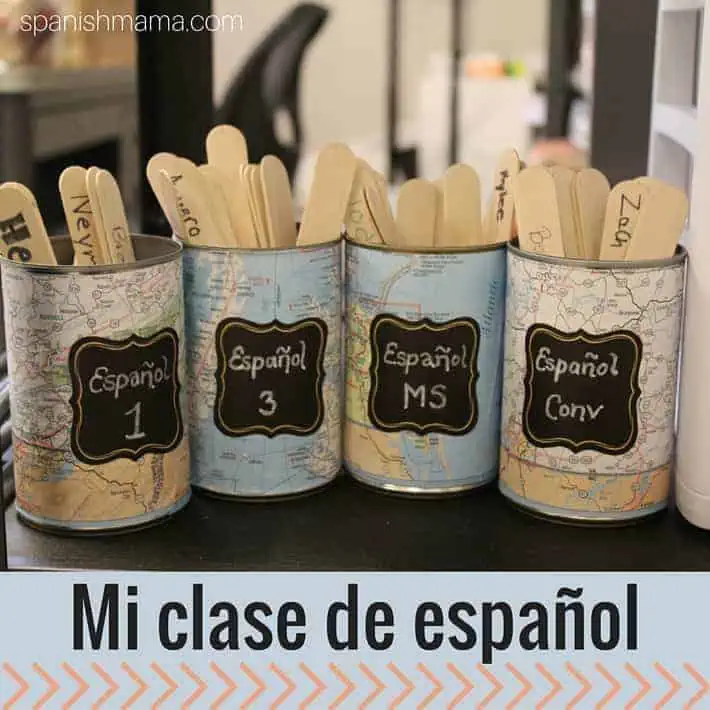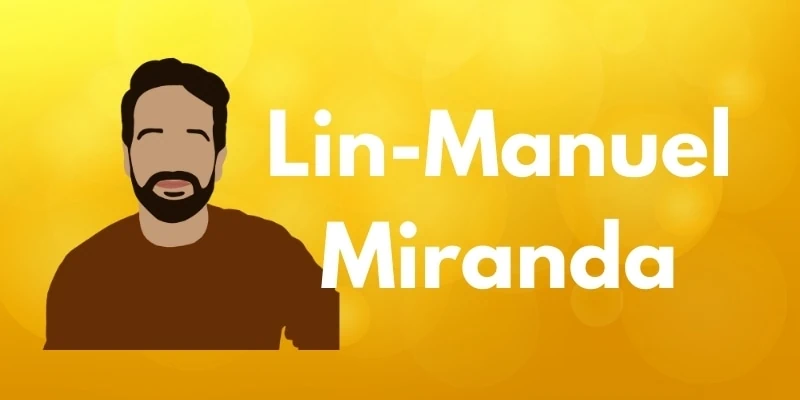14 Keys to An Effective Classroom Management Plan
Inside: How to develop an effective classroom management plan in your Spanish classroom, from Angie Torre.
Help! I Need a better classroom management plan!
How can I teach when students won’t stop talking?
How can I use the target language 90-100% of the time? I can’t even use it 50% of the time because students aren’t listening!
These are some of the questions I’ve received from distressed teachers trying to reconcile the ideals they were taught with the reality of the classroom.
As a newbie in the classroom, I remember thinking, “Why didn’t they teach us how to get these students to focus in our teacher-preparation courses?”
In answer to the demand, I wrote four blog posts on the topic. But requests for classroom management strategies still top the messages in my social media. So, I decided to do a round-up of the best classroom discipline tips.
In this blog session I will share the strategies from the previous posts that I believe are the most essential for creating an optimum learning environment. Then, I will highlight the advice from exemplary teachers from all around the United States whose input I have solicited.

14 TIPS FOR A BETTER CLASSROOM MANAGEMENT PLAN
1. Include positive tension in your lesson plan. Tell students at the beginning of the lesson what they will be learning and what THEY will do at the end of the lesson, preferably that day, to demonstrate mastery. Students hustle because they know they will have to perform.
2. Teach and test your rules and routines. Then, enforce them consistently. The rules are not the ones posted in the front of your room. The rules are the ones you consistently enforce. EVERY TIME. Students learn quickly which rules they can ignore.
DISCIPLINE BEFORE INSTRUCTION.
The two or more weeks it takes to teach and practice your procedures will create the environment necessary for teaching and save you time in the end. After teaching the rules, and PRACTICING them, give an assessment on them and grade it the same way you would an academic test. Then, don’t forget to continue reminding and practicing. (This is how we turn in our papers. This is how we answer questions.)
3. Don’t speak when students are talking. EVER. Stop and wait until all students are listening. It may seem like an eternity, but it isn’t. Don’t raise your voice above the normal volume level. If you catch yourself doing it, stop. Wait until all are quiet. To call students back to their desks while they are working in groups, use a chime or bell, NOT your voice.
4. Build a repertoire of engaging games. Students engage when they are having fun. Click here to see Seven Activities that Guarantee Student Engagement.
5. Check the phones at the door. You can’t compete with phones and the irresistible temptation to use them will be a constant distraction to the students. Click HERE to see the phone pockets I used.
6. Change the seating chart frequently. Once you know the students, separate the talkers and strategically position the human distractions. Then, once students have NEW friends, or you identify instigators, move them again.
7. Give frequent assessments. The knowledge that there is always an assessment around the corner keeps students focused and hustling.
8. Teach in small chunks. When students get lost, they zone out and then act out. Teach one step, check for understanding, then have students DO something with their new knowledge. Then, teach the next step, check for understanding and have students DO something with the concept. Repeat.
As a new teacher, a mistake I frequently made was to present too many concepts at once, assuming students had the foundational knowledge. But they didn’t and I was faced with a classroom full of puzzled expressions. (What’s a syllable? What’s an adjective?)
While you are teaching one step at a time, begin at the bottom and make no assumptions.
9. Use positive peer pressure: Team A can’t score until everyone in their team has correctly written the answer. Click HERE for engaging, collaborative activities.
10. Use proximity. Park yourself next to the off-task student and continue teaching. Walk around constantly so no student is far from you for too long a period. Make sure your furniture is set up to facilitate quick movement around the room and access to every student. I found this strategy to be HIGHLY EFFECTIVE!
11. Use wait time. Ask the question. Pause. Repeat the question. Pause. Look around the room giving eye contact. Call a student’s name. NEVER call the student’s name before saying the prompt or question. That lets the entire class off the hook. This is another form of positive tension. (See # 1)
12. Include all students in the closure activity. If the activity only engages MOST of the students while some passively observe, don’t use it. My Go-to activity is an A against B competition. I number all students 1-15 (depending on the number of students in the class). I ask the question, pause, then call a number. The two students with that number must stand and say or write, act out, or draw the answer.
13. Choose hands-on or high-interest activities. The more senses the students use, the more engaged they will be and less likely to disrupt. Some examples of activities that actively engage students are: Interactive Notebook Activities, TPR, listening activities that require students to draw or follow instructions, Google Drive Activities, charades and competitions that require movement.
14. Attend a Fred-Jones Tools for Teaching Workshop. Go with colleagues at your school or other teachers. I have attended and facilitated this workshop at least 15 times. Most of what I know for my classroom management plan I learned from these workshops. Changed my life!
If you would like more details or strategies, click on the following links to read the original posts.
How to Motivate Unmotivated Learners- Part One
How to Motivate Unmotivated Learners- Part Two
How to Motivate Unmotivated Learners- Part Three
How to Motivate Unmotivated Learners- Part Four
TIPS FOR CLASSROOM MANAGEMENT PLANS FROM AROUND THE WORLD
I asked exemplary World Language teachers from around the globe, “If you could give a new teacher ONE tip to help them with developing a classroom management plan, what would it be?”
Here is what they said:
- Moon Mckinny said, “Give students plenty of opportunity to move and talk! I’ve found that most classroom management issues come from forcing the kids to be quiet and still.”
- Erin SheaHauri said, “Design your lesson around the students. Especially at the high school level, they love when it’s all about them. It will keep them engaged because they are intrinsically motivated. When they are engaged/interested, classroom disturbances decrease.”
- Rachel McCurdy Ortiz said, “As a teacher, apologize when YOU mess up. Kids aren’t used to adults admitting their own mistakes and it’s an instant trust builder. I’ve yelled at a class and apologize the next day. One time a student actually said, “What are you doing? Teachers don’t apologize.” I do, and it has made some truly behavioral challenges completely turn around.
- Erin Coleman said, “Build relationships first. Sometimes this means choosing your battles and letting smaller issues slide so that you can handle the big issues with ease. If your students feel safe with you, they will learn from you. And aside from learning your content, if you model patience, respect, and acceptance, they will reflect that back to you.
You can read more about how to build positive relationships in her blog post on the subject: The Engaged Spanish Classroom
- Pepa Maria Cabelllo agrees. She says, “Build relationships. Talk to them. Sometimes you have no idea what they are going through.
Here are some tips from two elementary teachers.
- Mundo de Pepita said, “Establish expectations and routines and hold to them consistently.” Read her blog post about End-of-class routines .
- Fun for Spanish Teachers said, “Keep your rules simple. Having your rules and procedures established allows you to stay in the target language for more time later.” Click on Fun for Spanish Teachers to see what her rules are and to read her awesome blog post.
Add these strategies to your BETTER CLASSROOM MANAGEMENT PLAN and start enjoying teaching more!
Would you like to get teaching tips and freebies in your email? If so, click on Best PowerPoints for Spanish and French and scroll to the bottom. For signing up you get a FREE 122-slide PowerPoint on regular verbs and infinitives.
Stay tuned! Next time we will talk about how to deal with annoying violations of the dress code.
Are you following my store? Be the first to see new products and updates on existing products. Click on MY STORE to follow me.







Hey Elisabeth! I was looking for an extended elementary curriculum. I saw your one that is a couple lessons long. Is there a longer one available for purchase? Thanks!!!